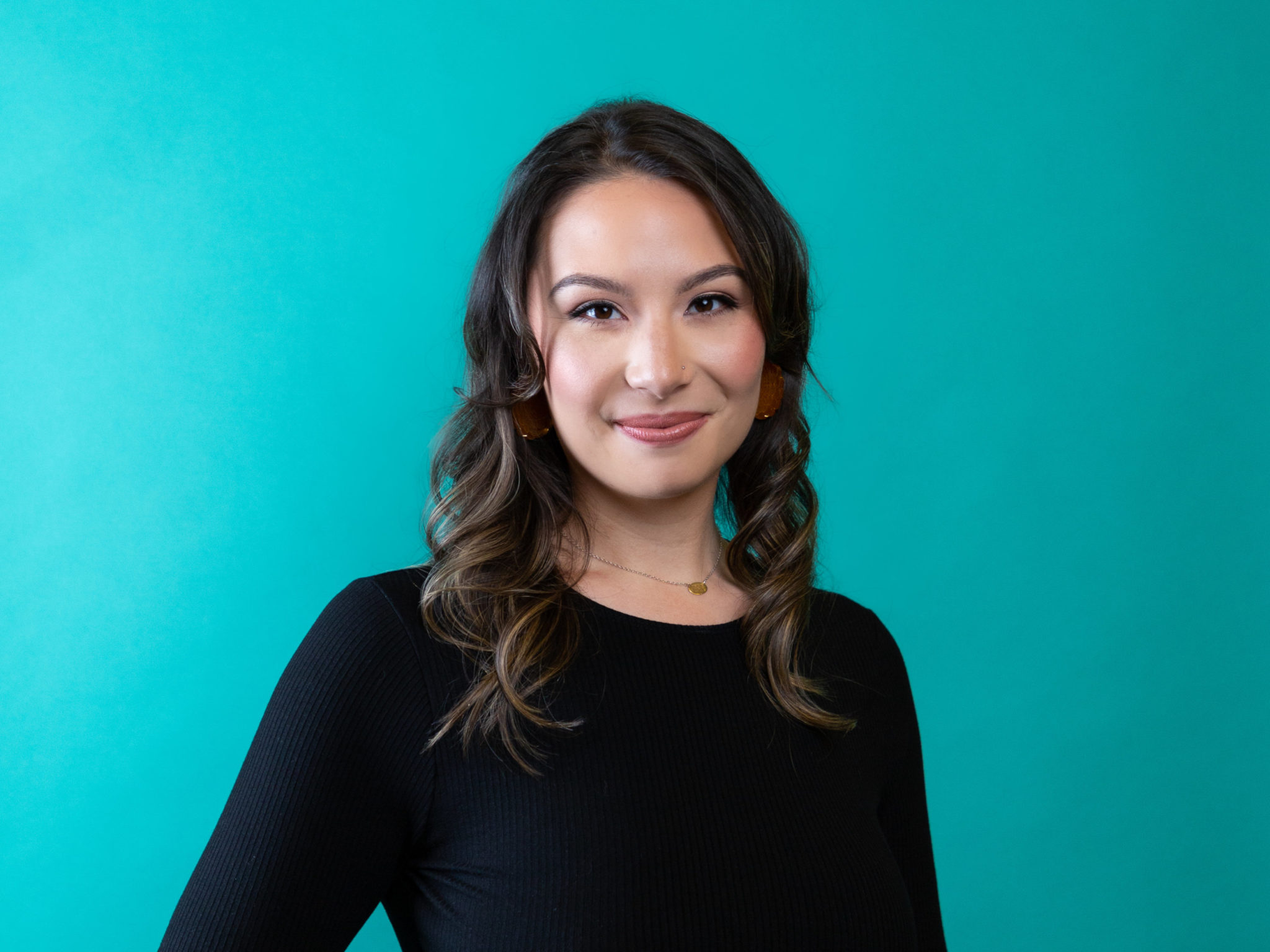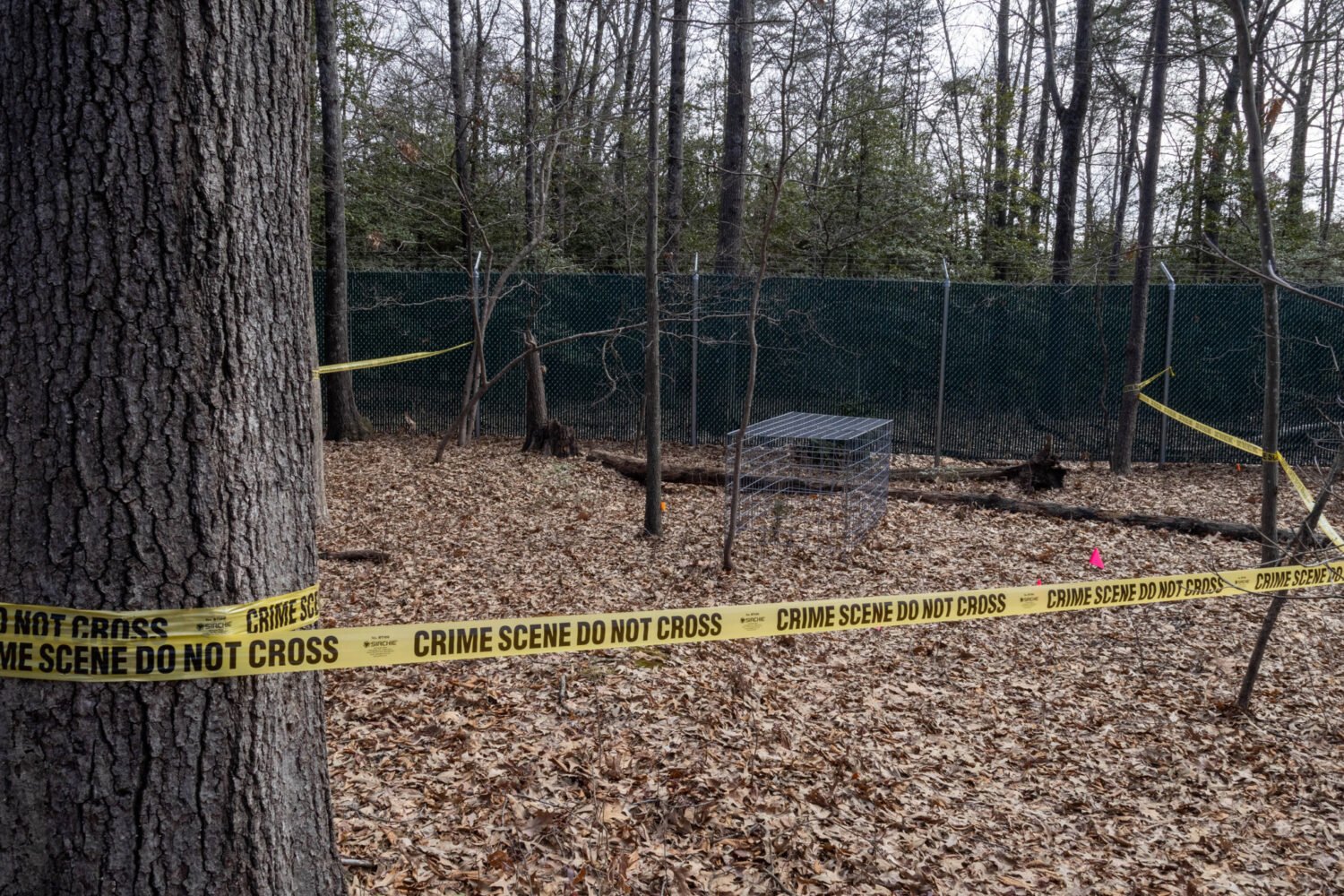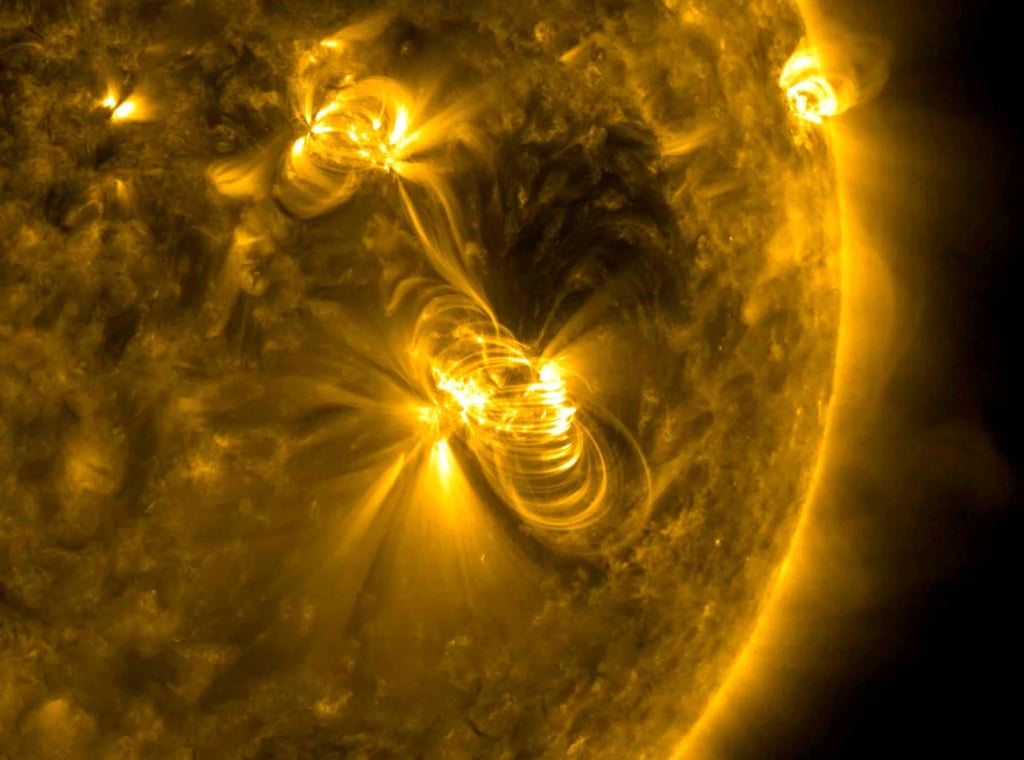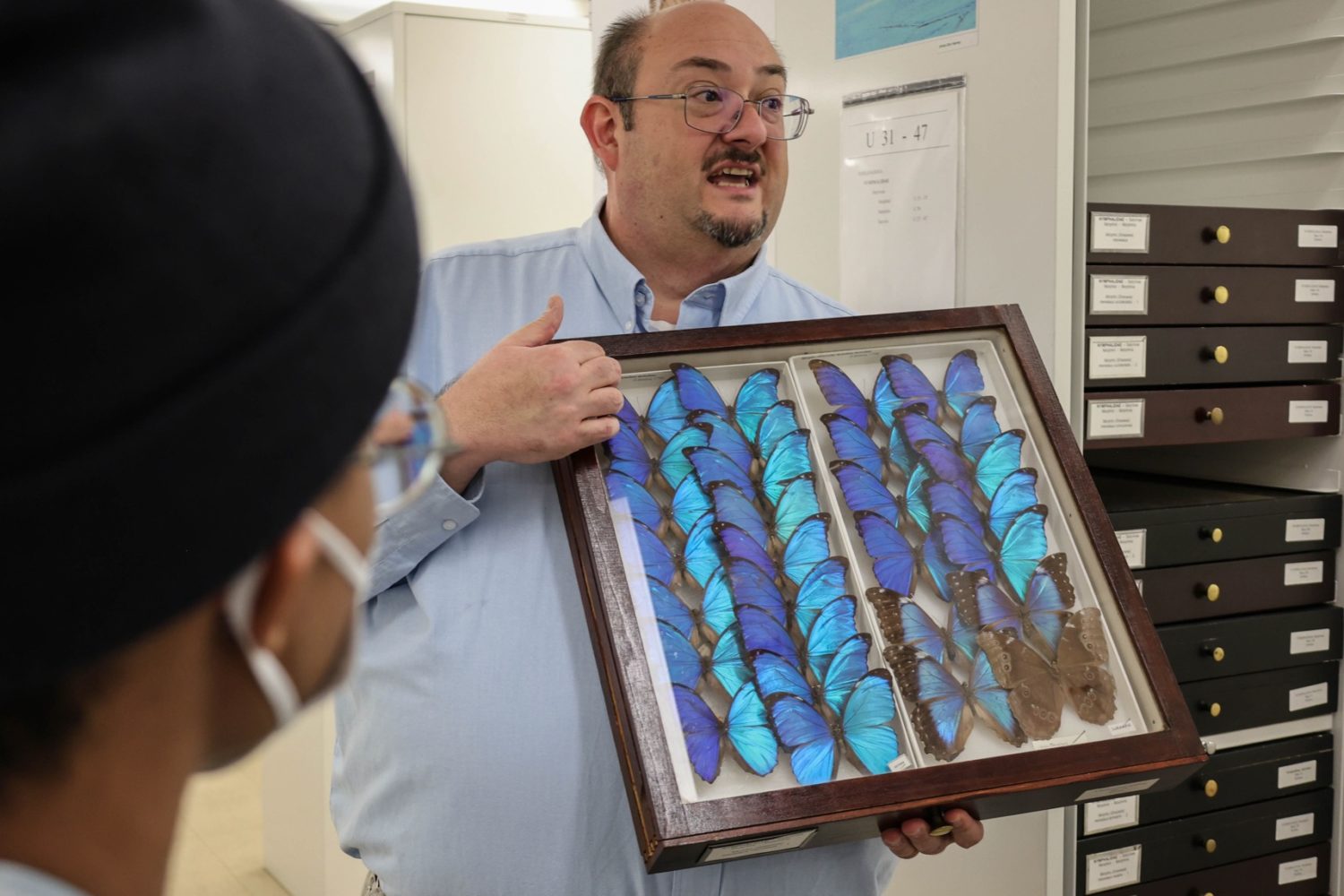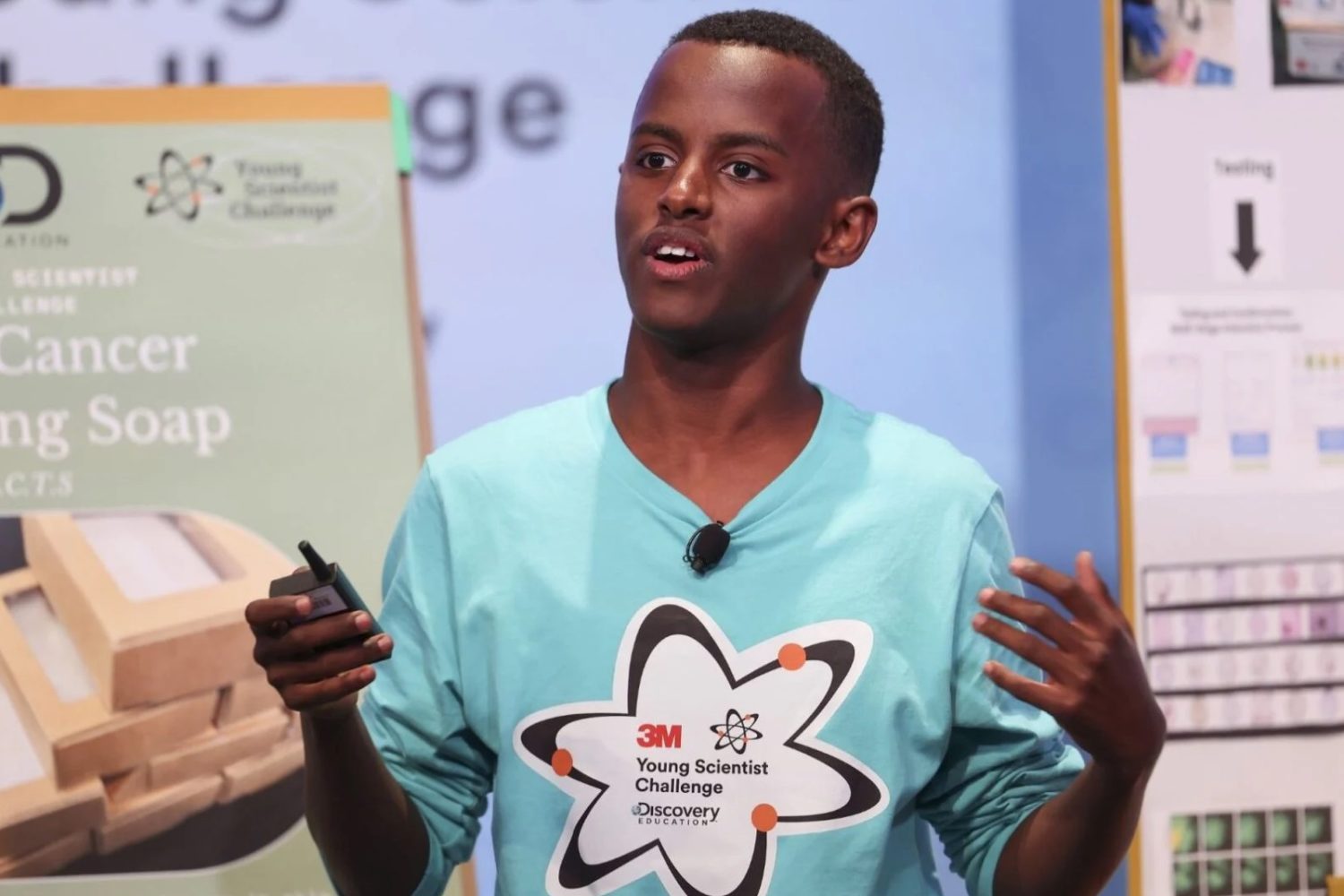Three years ago, Emily Kwong moved to DC and became the founding reporter for Short Wave, NPR’s Daily Science podcast. Before NPR, she was a reporter at a community radio station in Sitka, Alaska. Since its inception, Short Wave’s five-person team has grown to nine members, and Kwong is now a co-host of the show, along with Aaron Scott and scientist-in-residence Regina Barber.
The science podcast features interviews with guests of all kinds, and the lighthearted episodes are only 10 to 15 minutes long. We caught up with Kwong to talk about the show, making a podcast during the pandemic, and how she finds inspiration around her in the city.
How has making Short Wave been impacted by Covid and remote work?
Because I’ve been working remotely with a team over Zoom for three years, I know everyone’s thinking sounds by heart, you know, when people are thinking or reacting to things, they make little noises. It’s like being in a family where you can decipher enormous amounts of meaning from the tiniest of sounds through spending a lot of time together in a really collaborative way. Someone once told Rebecca Ramirez, our producer, that it’s like we make a middle school science project every day, and that’s what each episode kind of feels like. It’s very inventive; it’s very creative, and our team is spread across three different time zones. With Covid, I would say not only did it require the kind of adaptation that it required of our entire society and a certain grace towards oneself, but I think Covid really focused what our show is about. Our show is about making science accessible and inclusive, and demystifying what science is and who does it. It’s trying to bring you the voices and the perspectives of scientists in a way that’s really easy to understand. We make those connective threads of how science affects your life, and all you have to do is show up and listen.
Oftentimes, episodes of Short Wave delve into other fields, from interviewing a mathematician who studies gender to sharing a meal with a food reporter. Have you been surprised by the ways science overlaps with other disciplines?
We try to put really interesting guests on our show, and not all of them have PhDs. Some of them are community scientists collecting crickets in their backyard, some of them are students, and some of them are people who work in conservation in their island country. There are so many people who are a part of science that the general public hasn’t yet seen as scientists. I think that the thing that always surprises me when doing interviews for Short Wave is how little permission you actually need to start doing science. A lot of people might think you have to be in a science classroom or in a specific program in order to do science, but science is just being curious about how things work and wanting to know the technical details of our world. For example, I really love coffee, and during the pandemic I was sad not to be at NPR anymore and be able to go grab a cup of coffee with my colleagues. So my partner and I purchased a coffee machine for ourselves to kind of keep our spirits up and our caffeine levels raised. We started getting really into the science of making coffee at home, like, what was the right amount of beans to grind out? What size beans; what temperature of the water? And I felt so silly and pretentious while doing it at first, but once I started seeing it scientifically, I realized I was just doing the very same thing all scientists do, which is run experiments and draw conclusions.
I never used to think this way before working on this show. I wasn’t someone who loved science class. Growing up, I liked my science classes, but I much preferred my humanities classes over my science and math classes. I didn’t always see the connective tissue to my life and our world. I never considered a career in science because I just didn’t know all the different ways that science could be done. I thought I needed some kind of permission, like a special degree or a special training program, but you can do science in your everyday life. You can look at the trees and plants around you and identify them with apps like iNaturalist; you can experiment with different ratios of ingredients to create the perfect cup of coffee; you can mess around with different proportions of water and sand to build a better sandcastle. I think that the thing that always surprises me on Short Wave when I’m interviewing people is that it’s so easy to bring science into your life and to teach yourself how things work. It’s just believing that you can learn it, keeping an open mind, and being curious like you were as a kid.
Sometimes science reporting, especially on the climate, can be kind of grim. How do you see your role in creating a science show that’s joyful and fun to listen to?
On our show, we really prioritize solutions reporting when it comes to climate change. We’re really lucky to work with the NPR Climate Desk reporters, like Rebecca Hersher and Lauren Sommer, and they talk about fire and flooding, but they also talk about ways to protect your homes from fire and flooding. I did a story that matters a lot to me recently about a landslide in the community where I used to live in Alaska. It claimed the lives of three victims and destabilized local trust in the land because no one knew when the next heavy downpour would cause the land to slide again. Landslides of the kind that happened in Sitka that day are the result of heavy rainfall that is more likely as the climate is changing. As a journalist, you cover that story as it’s happening in the moment, but you can always follow up, and I think that Short Wave likes to pride itself on following up and seeing how people have rebuilt, adapted, and how they keep each other safe. That’s what happened in Sitka with the development of the landslide early warning system and why I felt it was really important to bring that story of local science adaptation and community research to a national audience because it’s something that can happen in communities everywhere. Whenever we can share stories about adaptation and preparation, we’re really changing internal narratives about our ability to face climate change because it’s already happening. (You can listen to the episode about Sitka’s landslide warning system here.)
How has your experience living in Sitka shaped the way you approach science and journalism?
Living in Sitka shaped everything about who I am as a journalist and who I am as a person because I learned how to tell stories in communities and really be beholden to that community. I’ll always be grateful to Sitka for teaching me that scientists actually really do want to share their research; they just need the permission to do it. Through our process of asking a lot of follow-ups, using metaphors, and using storytelling, we can give them a platform for sharing their work in a way that can reach more people beyond their field. When I was in Sitka, I’d run into scientists at events and I’d interview them on the radio, and they were just so excited to talk about what they were doing. And it’s my job in those moments to be a stand-in for the listener and help bridge that gap between what the scientist knows and what the audience doesn’t know. I started to practice that for the first time in Alaska because there were so many scientists coming to town through the Scientific Research Fellowship (SRF) at the Sitka Sound Science Center, which is one of the few field stations in North America.
How have you found community living in DC?
I love Washington, DC. When the pandemic started, I was really scared because I didn’t really know anybody and we were all about to go into lockdown. I started going to Rock Creek Park, and I had no idea how full of life it was until I started going there pretty much every day during the pandemic. DC has just some incredible public parks, from Rock Creek Park to Malcolm X Park to Sligo Creek Trail. I live in Silver Spring, so I go to Sligo Creek and some of the arteries extending off of Rock Creek Park. Washingtonian and Clockout DC have helped me find free events and I really love those. I think what makes DC really special is that people are out doing stuff all the time. It’s something that I always loved about New York; I grew up outside New York City and I went to college in New York City, and you could just step outside your door and be among people and go to events, a lot of which are free. In DC, It’s kind of like the small town feeling I had in Alaska, but writ large with way more museums, way more theater production, way more restaurants, and a lot more sunshine. It’s through Short Wave I’ve been able to explore different pockets of DC. We went to MedStar Capitals Iceplex in Virginia for an ice skating episode, I shared a spicy meal with Dish City host Ruth Tam, and I did an episode when Bei Bei the panda was born at Smithsonian’s National Zoo. There’s so many places where science is happening in DC.
Do you have any overarching goals with Short Wave?
What I really want for the show is for us to be found by even more people, people who are in STEM and didn’t know we existed, or people who didn’t know that STEM was for them. I would love for more people to find us, and in a dream world, for those people to find each other. We fantasize on Short Wave about going to Comic-Con and offering more public events, panels, talks, and a place where our listeners can meet each other, share their research, and share their passions and interests.
This interview has been edited for clarity and length.

